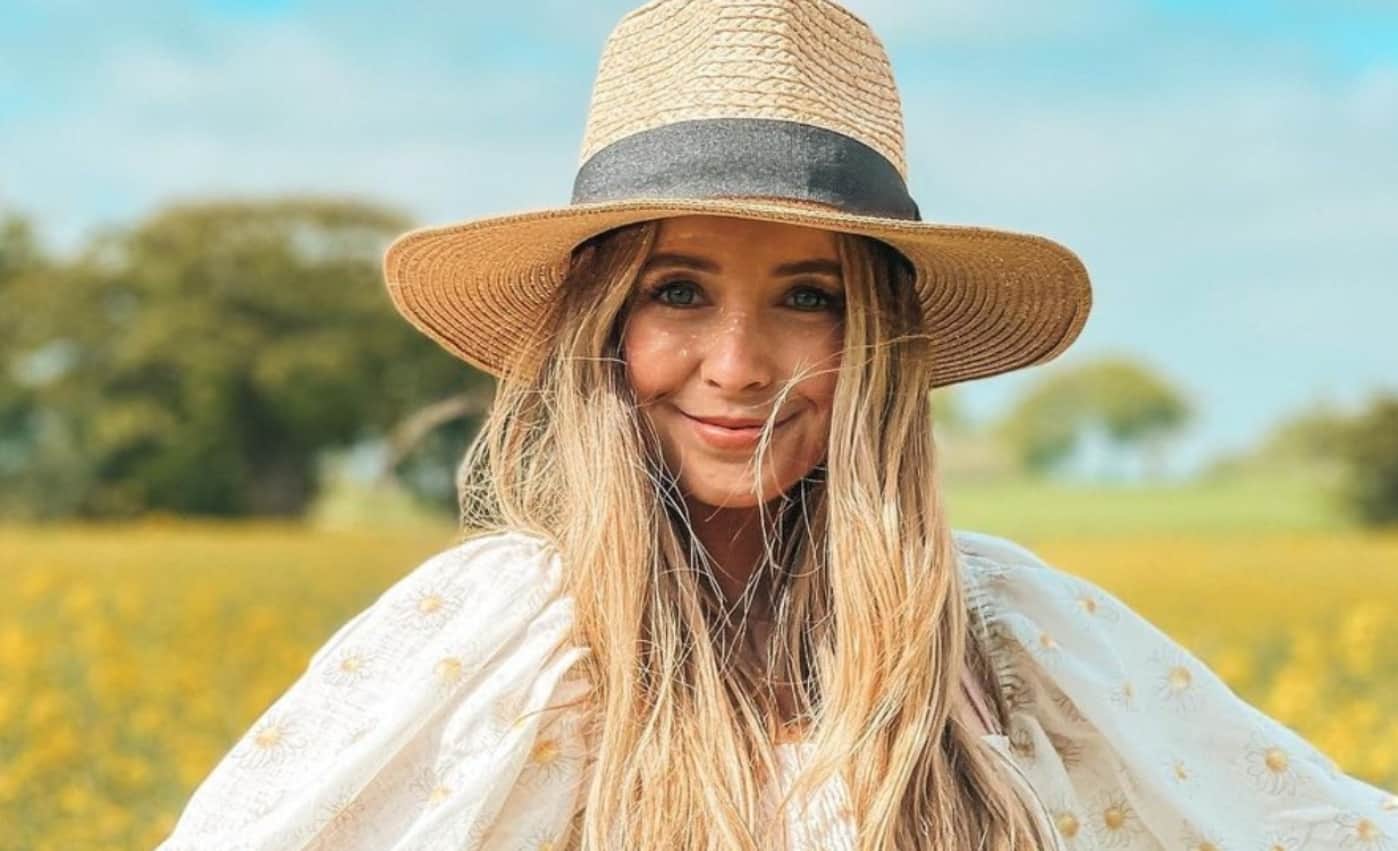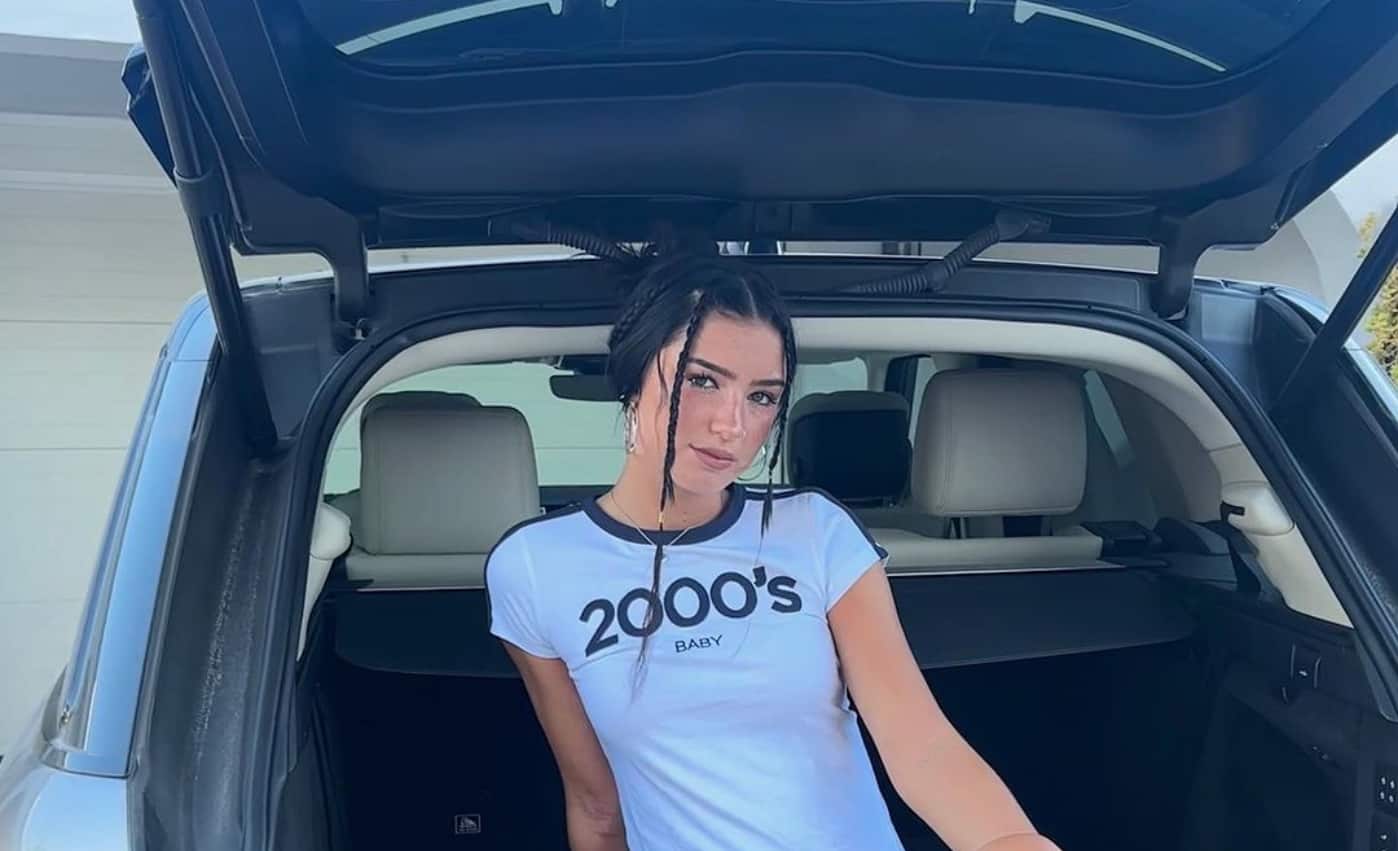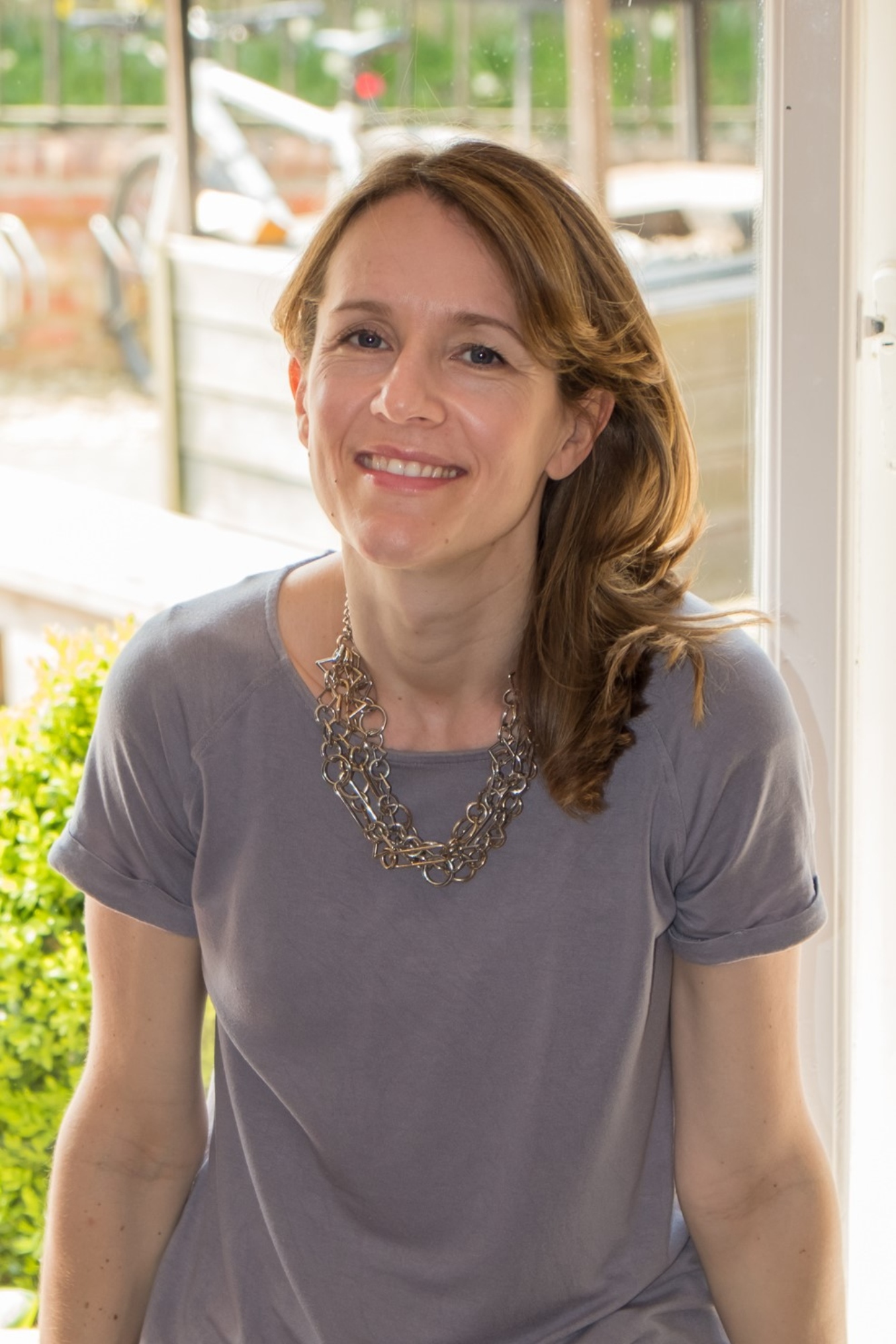Is the website dying? Talk to Eliza‘s managing director Hannah Blake and you certainly might think so. She tells CORQ that the start-up owned by Daily Mail and General Trust (DMGT) pivoted nimbly from an affiliates-based publishing model to a social-first business and has, since October 2023, increased its Instagram followers by 173% and more than trebled its followers on TikTok. One of its content formats, developed on TikTok, has had more than 100 million views. She also discusses what happens when one of the biggest publishing conglomerates decides to, as she says, “reposition what a magazine looks like for fashion and beauty in today’s social world”.
Key takeaways:
- Consumers are finding their shopping inspiration on socials, rather than websites
- Eliza is investing in the social sweet spot between entertainment and shopping by harnessing four Millennial/Gen Z tropes in its formats: dupe culture, comments, street interviews and gamification.
- Its “Guess the most expensive” content format hit 100 million views in March.
- Eliza is going up against influencer budgets: “The way we pitch it is that my team are effectively Eliza-approved influencers”
- Don’t be afraid to test: “My view is always just test. Don’t write me a presentation. Just post something”
But first the brief. In 2021, Eliza received funding from DMGT. For a while, the stakeholders at DMGT had been interested in launching a new title, focused on Millennial and Gen Z women, aged 19 to 35, and “shopping and affordability”. The group, which includes the Daily Mail, The i Paper and Metro, had only YOU Magazine in its fashion and beauty roster, a super-successful brand edited by Jackie Annesley that caters brilliantly for its Boomer audience. The received wisdom was that there was “a little gap in the market that we could take because lots of titles were still very luxury, very high fashion and very unattainable”.
The idea was to create a “content-first model, heavy into social but very directed to shopping, so that every article on the website would be shoppable”. Blake, alongside co-founder and editor-in-chief Joanna Bridger, started off building a website and establishing an Instagram (147K followers) presence. She said: “It was mobile-first, it was very product heavy, very e-commerce heavy.” With promotion through its sister sites, Eliza performed fine within six months of launch. But Blake realised that, despite having quarter of a million in traffic, “from having conversations both with audiences and brands, people were finding their shopping inspiration from social, rather than going on to websites”. Significantly, brands were simply not asking for sponsored articles – instead, they all wanted video content.
Hence the pivot. Says Blake: “We felt that whilst the site had done well, getting the mass scale that you need to make any money through affiliates was going to take a really long time. And again, when you drive people to a site, it’s very hard to retain them, whereas with social, once someone follows you, they’re a follower. Because we were small and we didn’t have a legacy, we felt as if everything was pointing towards being social-first.” And that was the sandpit they “just decided to play in”.
It certainly helped that Blake’s background was in commercial media start-ups – she was the co-founder of Entale, a video podcasting app that sadly didn’t survive the Covid pandemic – and not publishing, so she felt comfortable with a pivot and an experiment. She says: “I don’t mind not knowing. My view is always just test. Don’t build a strategy. Don’t write me a presentation. Just post something. See what happens.” Within six months of the change, Eliza became the fastest growing fashion and beauty social publisher. Adds Blake with enthusiasm: “By a long way. I think the average growth rate of our competitors on Instagram is 5%, and we’ve had 173% growth since October 2023. We’re growing so quickly.” Eliza’s social content, Blake says, “gets an average of 30 million month views across TikTok and Instagram”.
Which leads us to the content creation. The idea behind the name Eliza is that the brand was “meant to feel like your best mate, a person who you can relate to. It’s not a publisher. It’s not a magazine. It’s your big sister telling you what they’ve just discovered on the high street.” With the pivot, Eliza needed a creator personality and so the whole team have effectively become content creators.
Most of the Eliza crew are fashion and beauty journalists who have been there since the beginning. Blake says: “They shifted with the pivot and have done it really well.” Everybody on the team was “socially native anyway, it’s not like we were hiring people who weren’t used to working on these platforms. Everyone just saw the opportunity in front of them.” As a result, there is a team with strong journalistic credentials who are not afraid to get their hands dirty. There are no ivory towers at Eliza – “Everyone’s super involved.” The fashion team, led by Krissy Turner, began making beautiful transitions in the fashion cupboard, which they were excited to put on TikTok (196K followers). The videos received, says Blake: “200 views, 300 views, nothing was happening and we couldn’t work out why.” One day, during one of those office water cooler moments, Turner asked the team: “Do you know how to use micellar water properly? You don’t just put it on a cotton pad, you blow into it and it creates a bubble.” Someone filmed her doing it, with everyone in the office screaming. “We published it,” says Blake, “and it was our first viral piece of content.” Blake continues ruefully: “So then you go, ‘that nice wardrobe content strategy is out the window’ and that just sent us down this path of constantly experimenting.”
You may also like
The team posts three or four TikTok and Instagram videos a day (in an interesting side note, Blake asserts that while “forever, you’re told, ‘treat the platforms differently’” she says the same content flies on both platforms) and has most effectively harnessed four Millennial/Gen Z social media tropes in its formats: dupe culture, comments, street interviews and gamification. The most successful has been to send out two team members in near-identical outfits, and ask the public to guess which outfit is most expensive, here. The series hit 100 million views in March 2024. Blake is clearly delighted and they have done another iteration of it, which is to send out the team in four similar outfits (a red dress, leopard print trousers etc) and then have the public place them in the correct order from least to most expensive. She says: “It’s very gamified like that.”
The team’s profiles are growing exponentially, and they are beginning to be recognised in the street. Blake is conscious that Eliza is “pushing people into potentially quite a toxic environment”. In fact, above everything, it is this “that keeps me up at night. How do you protect those people from negative comments? From people commenting specifically on how you look?”
The creator strategy puts them in an interesting position in terms of brand marketing, says Blake because, ultimately, they are competing with “other influencers”. She continues: “With brands, we’re often going up against that influencer budget. The way we pitch it is that my team are effectively Eliza-approved influencers.” In this hybrid, Eliza has the edge in some respects because it is not a solo concern, but instead backed by a major publisher. For example, Blake says: “We always guarantee clients at least 200,000 views. That’s where we can differ from influencers, we can give those guarantees that clients are used to, by putting a little bit of paid behind it.” The hybrid works because “it’s creator-led, influencer-led marketing, protected by a publisher and a brand”.
The team has already been able to commercialise the “guess the most expensive” format: it worked with e.l.f. Cosmetics and produced a “guess which makeup look is most expensive” version. The video showed identical looks, one created with all luxury makeup and the other with e.l.f. and asked the audience if they could tell, here. Eliza also has the advantage of having multiple touchpoints and the ability to seed and repeat product through its roster of newsletters and video posts. For example, a Christmas campaign with Superdry, positioning the brand as the source for partywear during the season, featured an array of content: three video posts on Instagram and TikTok (such as this one here), a solus newsletter to 13,000 active users (the newsletters have a 70% open rate), and a couple of product inclusions on its trend Carousels and in its Dupe Detective newsletter. The “repeat repeat repeat” mechanism worked really well for the brand, and it is clearly out of reach for a regular creator, because, as Blake says, “if you look like you’re pressing the same thing over and over again, your audience will disengage”.
Engaging the audience is the key ingredient to the success of the Eliza formula, by getting them to game with the content and invest in the creator team as well as the team’s mission to support a “champagne lifestyle, lemonade budget” for its followers. Now that has been established, what’s next for Eliza? Given the model is social-first, the pressure to go viral must be continuous. Blake is, as always pragmatic: “It’s okay that not everything goes viral.” The way she sees it, “the hero viral content makes you famous as a brand. People now understand that we do high street.” But continuing to create consistent content is imperative: “You have hub level content for the audience that are invested in you: ‘Here’s what to wear to brunch’. ‘Here’s the best lipstick to wear in the summer’. It’s not as exciting. But on that content we see about a 30% click-through rate to product each time.”
Having said that, pursuing another hit series is always on the agenda. Blake is interested in YouTube, but is conscious that the landscape format is a layer of complication for shooting: “When I look at the next 12 months, it would be great to get on YouTube, but what would be better is to create another series like ‘the expensive one’.” Blake is interested in the sweet spot between entertainment and shopping which is at the heart of the creator economy, and how that could translate to other platforms, such as Netflix.
In the meantime, the bigger pressure, she says, is “can start-ups and corporates work together?” Blake is acutely conscious that “a start-up requires long-term vision and investment, and corporates think in short-term quarters”. Despite exceeding all the metrics and KPIs it is given, Eliza is still a small cost to DMGT. However, it seems that Blake and her team, “this female-run, female-led, for female-audiences business in a very traditional, male-heavy environment”, are relishing the challenge.
By Emilie McMeekan, CORQ features director. Picture credit: Eliza










